Creating and maintaining a large aquarium is a rewarding experience that brings a slice of underwater ecosystems into your home or public space. However, large aquariums present unique challenges when it comes to water quality management. The cornerstone of any successful aquatic environment is an effective filtration system that can handle the substantial bioload that comes with larger water volumes and more inhabitants. Whether you’re setting up a 100-gallon home reef tank or managing a 1,000-gallon public display, choosing the right filtration system is perhaps the most critical decision you’ll make. This comprehensive guide explores the various filtration technologies available for large aquariums, helping you navigate the complexities of water purification to create a thriving aquatic environment that remains crystal clear and biologically balanced.
Understanding Filtration Fundamentals
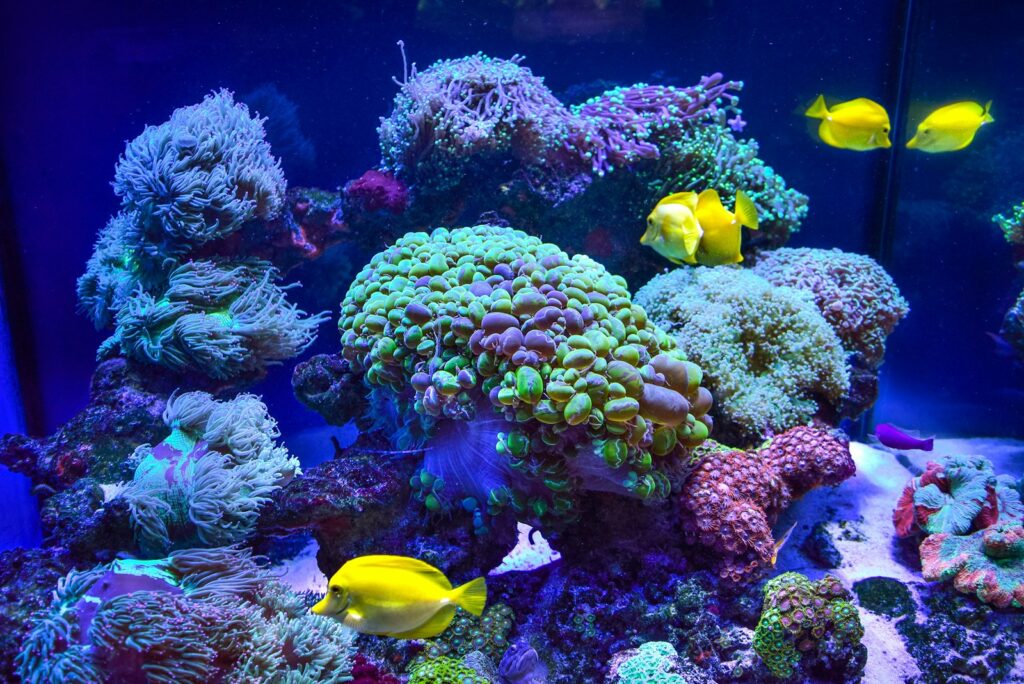
Filtration in aquariums serves three essential functions: mechanical, biological, and chemical processes that work together to maintain water quality. Mechanical filtration physically removes particulate matter such as uneaten food, plant debris, and waste products that cloud water. Biological filtration provides surface area for beneficial bacteria to colonize, converting toxic ammonia from fish waste into less harmful nitrates through the nitrogen cycle. Chemical filtration uses active media like activated carbon or resins to remove dissolved pollutants, medications, and discoloration. In large aquariums, these three filtration types must work efficiently at scale, processing hundreds or thousands of gallons while maintaining appropriate flow rates for the tank inhabitants.
Canister Filters for Large Home Aquariums

Canister filters represent an excellent choice for aquariums up to 200 gallons, offering a comprehensive filtration solution in a relatively compact package. These pressurized units sit externally beneath the tank, drawing water through an intake tube, forcing it through layers of media, and returning clean water through a spray bar or outlet. Premium models like the Fluval FX6 or Eheim Professional series provide exceptional flow rates (up to 600 GPH) while offering customizable media chambers for tailored filtration. The advantage of canisters lies in their versatility—they can be filled with mechanical sponges, ceramic rings for biological filtration, and chemical media according to the specific needs of your aquarium. For very large tanks, multiple canister filters can be installed to achieve proper filtration capacity, though maintenance becomes more time-consuming as each unit requires regular cleaning.
Sump Systems: The Gold Standard for Large Aquariums

Sump systems represent the gold standard for filtration in large aquariums, particularly for those exceeding 200 gallons. A sump is essentially a secondary tank placed below the main display that houses filtration equipment and media. Water flows from the main tank through overflow boxes or drilled bulkheads into the sump, passes through various filtration chambers, and is then pumped back into the display. The beauty of sumps lies in their customizability and capacity—they can incorporate filter socks for mechanical filtration, bioballs or ceramic media for biological processing, protein skimmers, heaters, and reactors all in one centralized location. Sumps also increase the total water volume of the system, creating greater stability in water parameters. High-end glass or acrylic sumps with precision-cut baffles and professional-grade return pumps like those from Reef Octopus or Vectra can process enormous volumes of water while operating silently and efficiently.
Wet/Dry Trickle Filters for Biological Efficiency
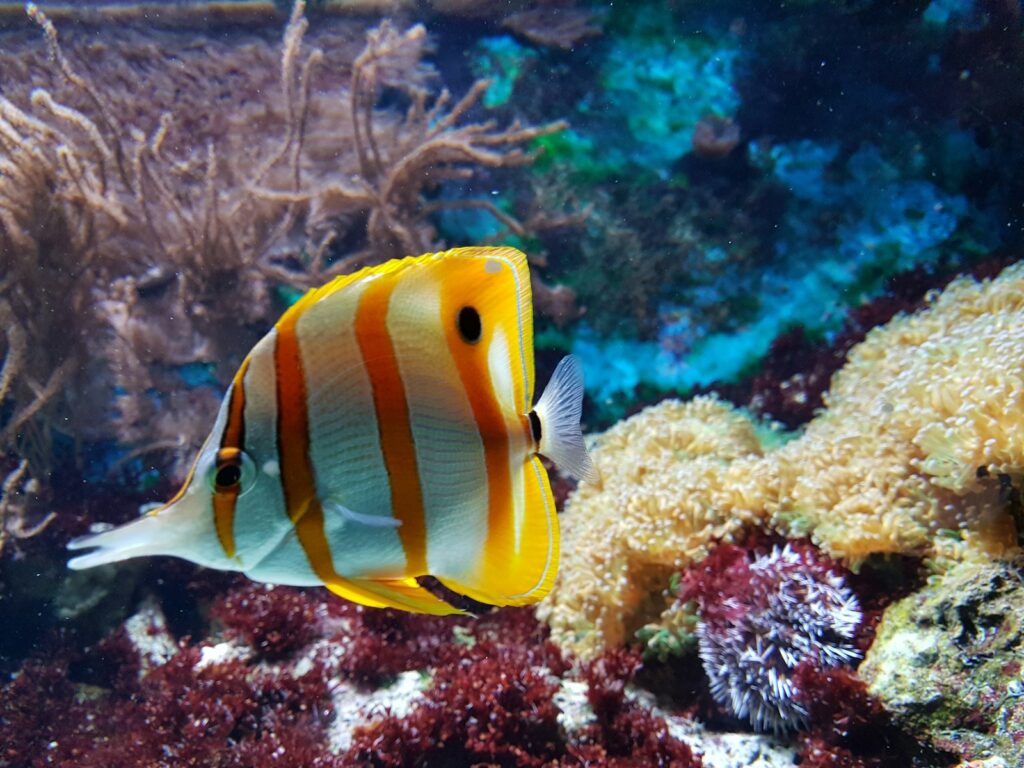
Wet/dry trickle filters (also called biological towers) excel at providing superior biological filtration for large freshwater and marine systems. These systems typically form part of a sump setup, where water cascades over a media-filled chamber that remains partially exposed to air. This design maximizes oxygen availability to nitrifying bacteria, making the biological conversion of ammonia to nitrite to nitrate exceptionally efficient. The media used—typically bioballs, ceramic rings, or specialized plastic materials—provides enormous surface area for bacterial colonization while remaining lightweight. A 250-gallon aquarium might utilize a wet/dry section with 10-15 gallons of media, supporting billions of beneficial bacteria capable of processing substantial bioloads. The effectiveness of these systems becomes particularly apparent in heavily stocked aquariums, where their robust biological processing prevents dangerous ammonia spikes even when feeding regimens are generous.
Fluidized Bed Filters for Maximum Biological Capacity

Fluidized bed filters represent one of the most efficient biological filtration methods available for large aquariums, utilizing sand or special media suspended in a water column. The constant movement of water keeps the media in perpetual motion, preventing channeling and ensuring maximum exposure of every particle to beneficial bacteria and oxygen. A commercial-grade fluidized bed filter can process ammonia from heavy bioloads more efficiently than almost any other system, with some models providing bacterial surface area equivalent to hundreds of gallons of conventional media in a relatively small footprint. Models like the Ocean Clear or the larger custom commercial units can handle aquariums of 500 gallons or more with remarkable efficiency. The main benefits include unmatched biological processing capacity, minimal maintenance requirements, and resistance to clogging—though they must be supplemented with effective mechanical filtration to prevent sand or media from escaping into the main system.
Moving Bed Bioreactors (MBBR) for Commercial-Scale Systems
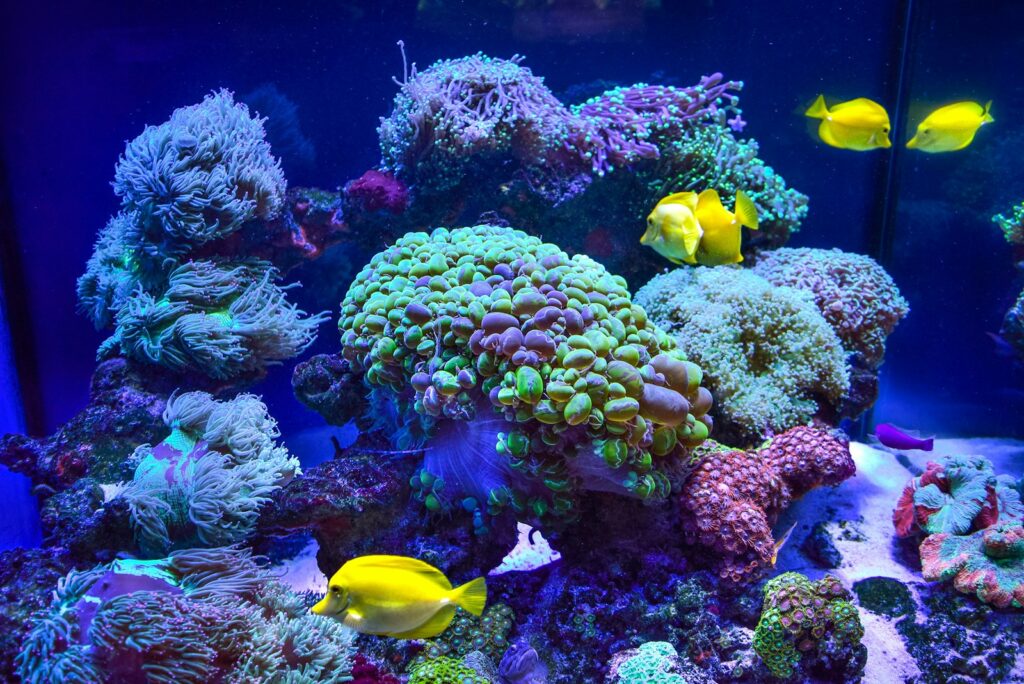
Moving Bed Bioreactors represent cutting-edge technology for biological filtration in very large aquariums, especially public aquariums and commercial systems exceeding 1,000 gallons. These systems utilize specially designed plastic media (typically K1 or similar) that remain in constant motion through air or water circulation, providing enormous surface area for bacterial colonization while preventing clogging. The continuous movement ensures optimal oxygen exposure and prevents dead zones, making MBBRs incredibly efficient at processing ammonia and nitrite. A properly sized MBBR can handle extremely heavy bioloads while requiring minimal maintenance, making them ideal for large predator tanks or densely populated display aquariums. Professional aquarium designers often incorporate custom-built MBBRs into complex life support systems for public aquariums, zoos, and research facilities where reliability and efficiency are paramount.
Protein Skimmers for
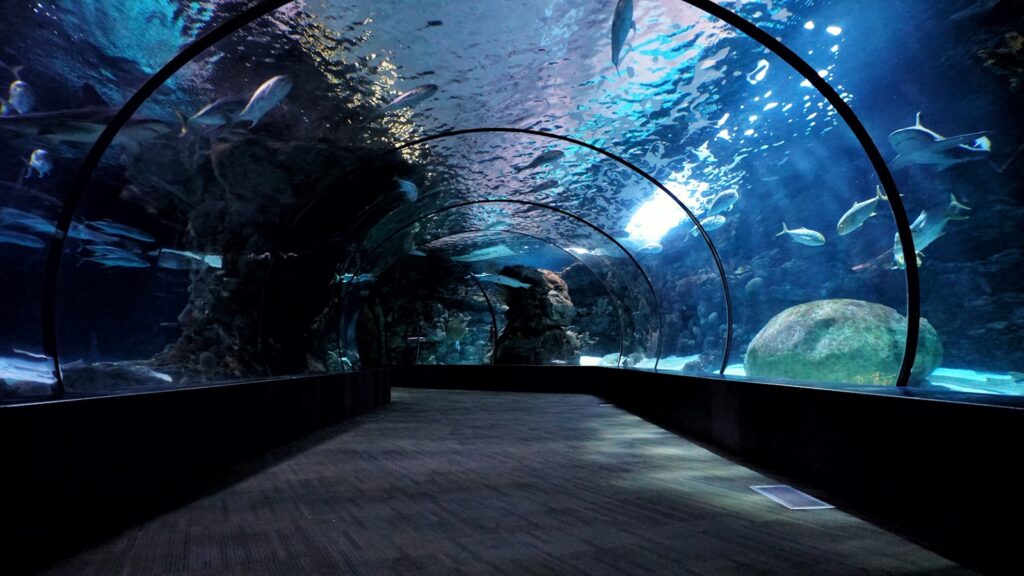
Protein skimmers are indispensable components for large marine and reef aquariums, utilizing air-water interaction to remove dissolved organic compounds before they break down into harmful nitrogenous waste. For aquariums over 200 gallons, commercial-grade skimmers from manufacturers like Reef Octopus, Bubble King, or Vertex become necessary to handle the substantial protein load. These high-performance units utilize powerful pumps to create a thick, stable foam column where organic molecules adhere to air bubbles and are collected in a cup for easy removal. Cone-shaped reaction chambers and precision bubble diffusion plates maximize contact time and efficiency, while DC controllable pumps allow fine-tuning of the skimming intensity. In large reef systems, protein skimming serves as a form of preventative filtration, removing potential pollutants before they can degrade water quality or fuel problematic algae growth.
Mechanical Filtration Options for Large Systems
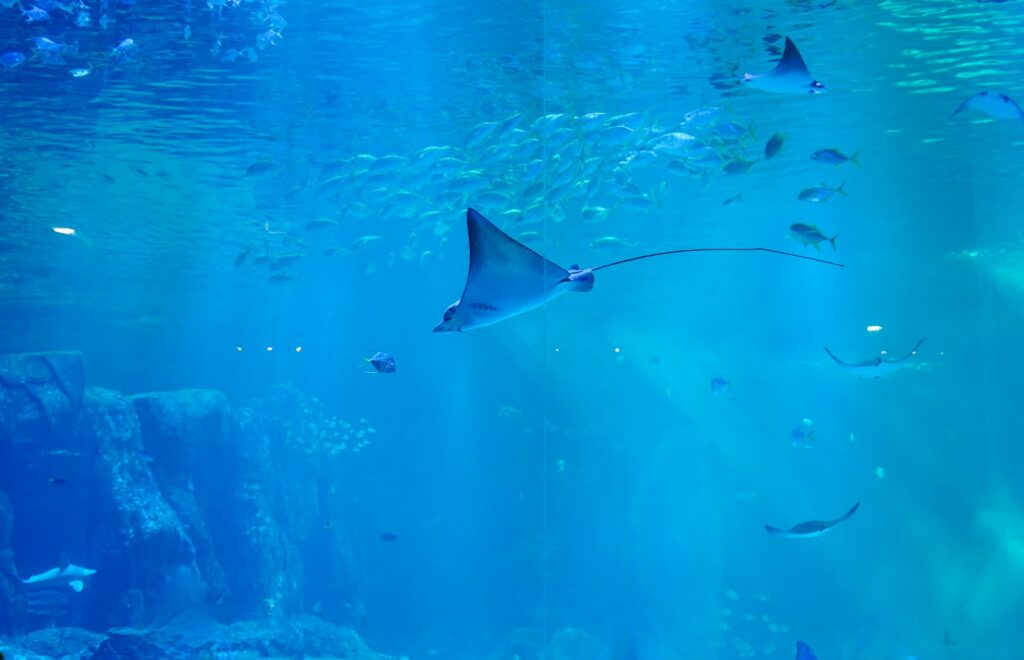
Effective mechanical filtration is particularly crucial in large aquariums where debris accumulation can quickly overwhelm biological systems and cloud water. For professional-grade mechanical filtration, pressurized spray-down filters, roller mat filters, and filter sock arrays provide superior performance compared to traditional sponge materials. Commercial roller mat systems like the Reef Dynamics or Theiling Rollermat continuously advance a roll of filter material as it becomes clogged, providing consistent performance without manual intervention. Large filter sock batteries utilizing 200-micron felt or polyester socks can process hundreds of gallons hourly, trapping fine particles and preventing them from decomposing in the system. For public aquariums and extremely large systems, drum filters and bead filters adapted from the aquaculture industry provide industrial-strength mechanical filtration capable of handling enormous particulate loads with minimal pressure drop and extended maintenance intervals.
Chemical Filtration Strategies for Crystal Clear Water
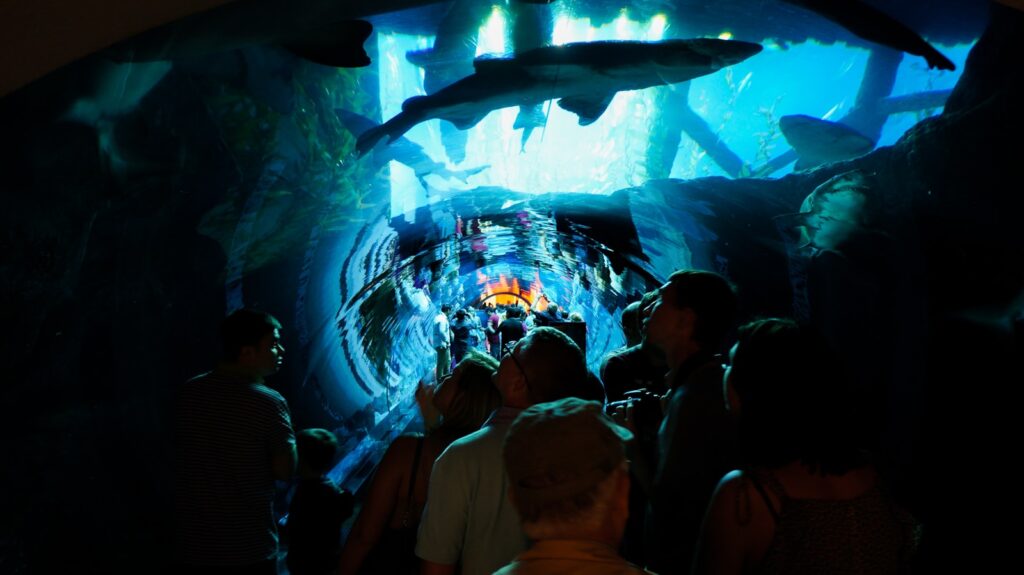
Chemical filtration plays a critical role in large aquariums where dissolved organic compounds, medications, and tannins can accumulate despite robust mechanical and biological filtration. For systems exceeding 300 gallons, traditional carbon bags become inefficient, making carbon reactors the preferred method of deploying activated carbon or specialized resins. These reactors force water through a chamber filled with chemical media, maximizing contact time and efficiency while preventing media from escaping into the display. High-grade carbons like ROX 0.8 or specialized ChemiPure Elite provide superior performance in large volumes, while phosphate-removing media like GFO (granular ferric oxide) control nutrient levels. In professional systems, alternating between multiple chemical reactors allows for rotation and replacement of media without disrupting filtration, ensuring continuous water polishing even during maintenance cycles.
UV Sterilizers and Ozone: Advanced Water Treatment
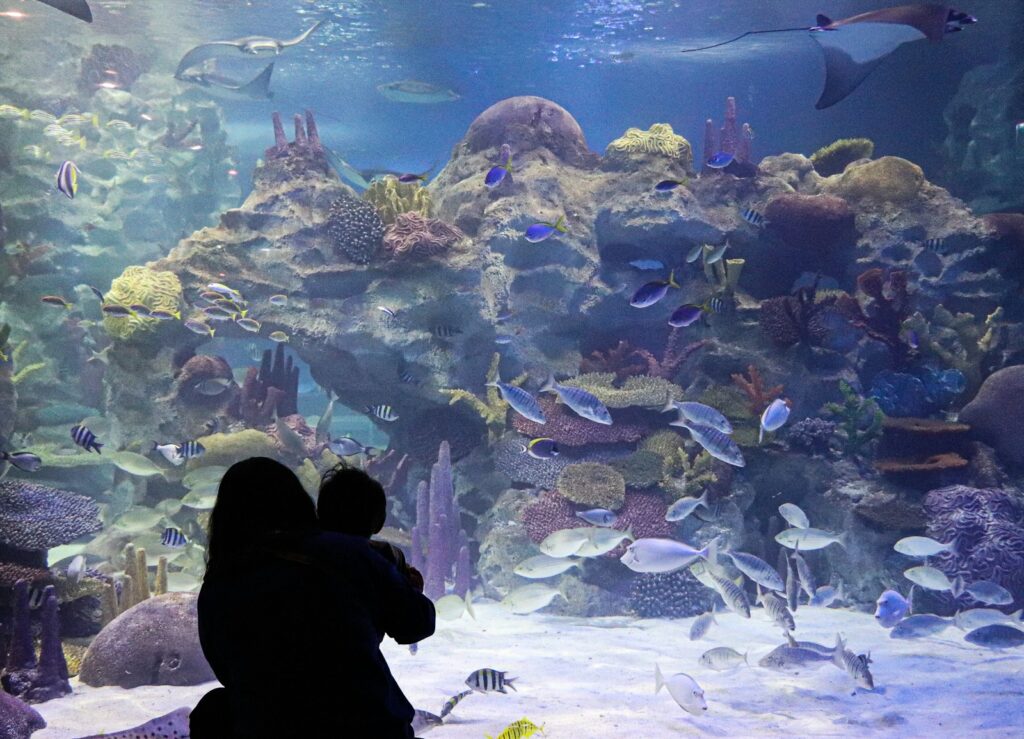
For large aquariums, particularly those housing sensitive species or valuable collections, UV sterilizers and ozone generators provide an additional layer of water quality management. Commercial-grade UV systems with 80-watt or higher bulbs effectively neutralize free-floating bacteria, parasites, and algae spores as water passes through the sterilization chamber. The effectiveness depends critically on flow rate—slower flow increases exposure time and kills more organisms, making properly sized units essential for large systems. Ozone treatment represents an even more advanced approach, injecting ozone gas into the water stream to oxidize organic compounds, improve protein skimming efficiency, and increase water clarity. For aquariums exceeding 500 gallons, professional ozone systems with ORP controllers ensure precise dosing, while activated carbon or air-drying chambers prevent residual ozone from entering the display tank where it could harm inhabitants.
Water Flow Considerations for Large Tanks
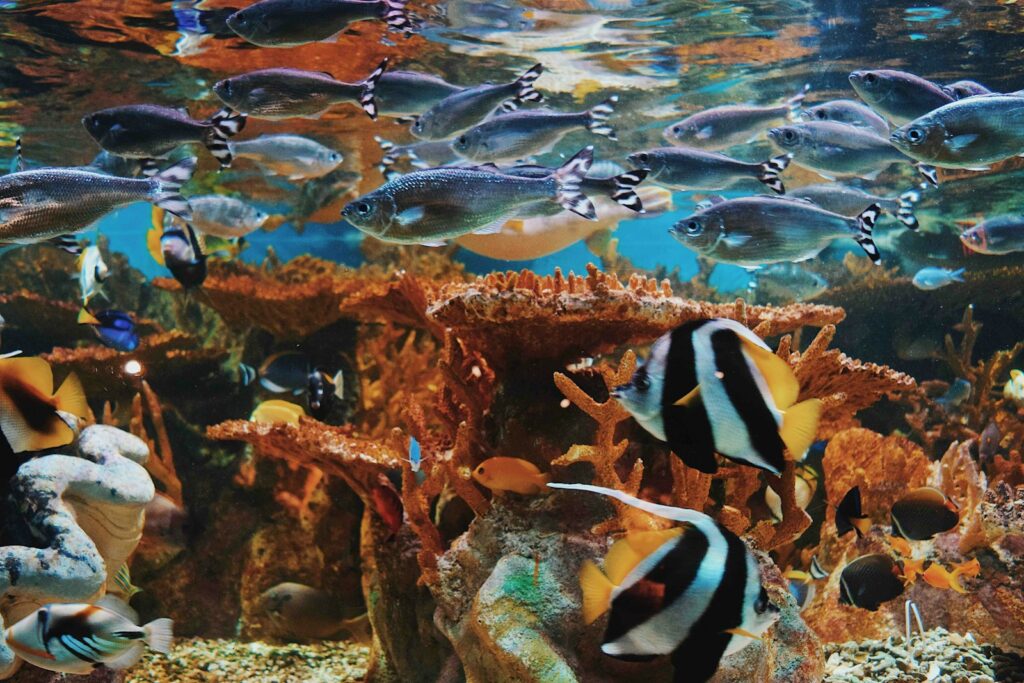
Proper water flow is as essential as filtration itself in large aquariums, preventing dead spots where detritus can accumulate while ensuring proper gas exchange and nutrient delivery. The general guideline of turning over the tank volume 6-10 times hourly means a 300-gallon tank requires pumps capable of moving 1,800-3,000 gallons per hour. Rather than relying on a single powerful return pump, professional installations typically use multiple programmable DC pumps strategically placed to create natural circulation patterns. Wave makers like the Neptune WAV or Maxspect Gyre create broad, oscillating flows that mimic natural reef environments in marine systems, while directional nozzles distribute filtered water evenly in freshwater setups. Flow patterns should be designed with the tank inhabitants in mind—reef systems benefit from turbulent, alternating currents, while planted tanks or those housing sedate fish require gentler, more laminar flow patterns.
Maintenance Considerations for Large Filtration Systems

The best filtration system is only as good as its maintenance routine, and large aquariums require thoughtful design to facilitate ongoing care. Professional filtration systems incorporate unions, ball valves, and quick-disconnect fittings at key points to allow isolation and servicing of components without draining the entire system. Automated features like backflushable filters, self-cleaning rotors on protein skimmers, and programmable control systems significantly reduce maintenance demands while improving consistency. For sump-based systems, incorporating settling chambers that can be easily siphoned during water changes prevents accumulated detritus from breaking down and contributing to nitrate build-up. Creating a detailed maintenance schedule with daily, weekly, monthly, and quarterly tasks ensures that all aspects of the filtration system receive proper attention at appropriate intervals, preventing the catastrophic failures that can occur when complex systems are neglected.
Monitoring and Control Systems for Professional Results

Large, sophisticated aquariums benefit enormously from integrated monitoring and control systems that provide real-time oversight of filtration performance and water parameters. Professional-grade controllers like the Neptune Apex, GHL ProfiLux, or Reef Keeper systems offer comprehensive management of pumps, skimmers, heaters, and dosing systems while continuously monitoring pH, ORP, temperature, and conductivity. Advanced features include cloud-based monitoring with alert notifications, power management during outages, and automated responses to parameter deviations. For aquariums exceeding 500 gallons, redundant systems and fail-safes become essential—backup pumps that activate automatically if primary units fail, multiple temperature probes to prevent heater malfunctions, and uninterruptible power supplies for critical components. The investment in comprehensive monitoring pays dividends in system stability, reduced maintenance demands, and ultimately, the health and longevity of the aquarium inhabitants.
Conclusion

Choosing the right filtration system for a large aquarium requires careful consideration of the specific needs of your aquatic environment, the species you plan to keep, and the level of maintenance you can reasonably sustain. While sumps represent the most versatile solution for most large aquariums, complementary technologies like protein skimmers, fluidized beds, and advanced monitoring systems create comprehensive water quality management networks capable of maintaining pristine conditions in even the most demanding setups. The key to success lies not in choosing a single filtration method, but in creating an integrated approach that addresses all aspects of water quality management while providing redundancy for critical functions. With proper planning, investment in quality components, and diligent maintenance, large aquariums can remain stable, crystal-clear showcases of aquatic life for many years, rewarding their caretakers with the unparalleled beauty of a thriving underwater world.


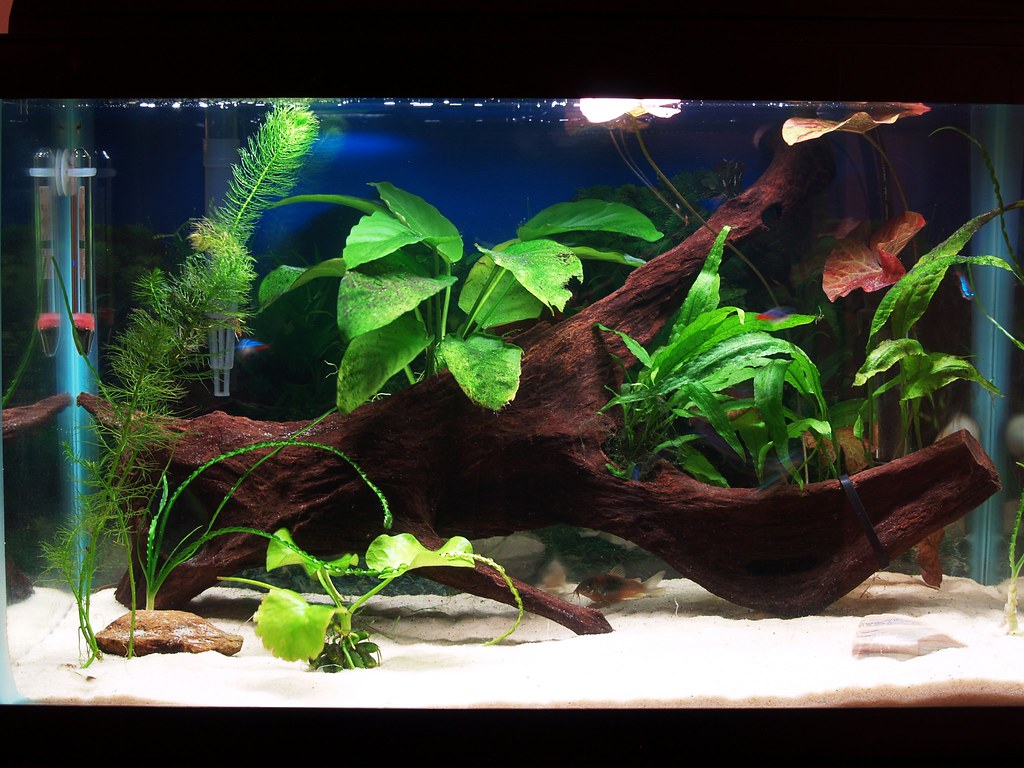

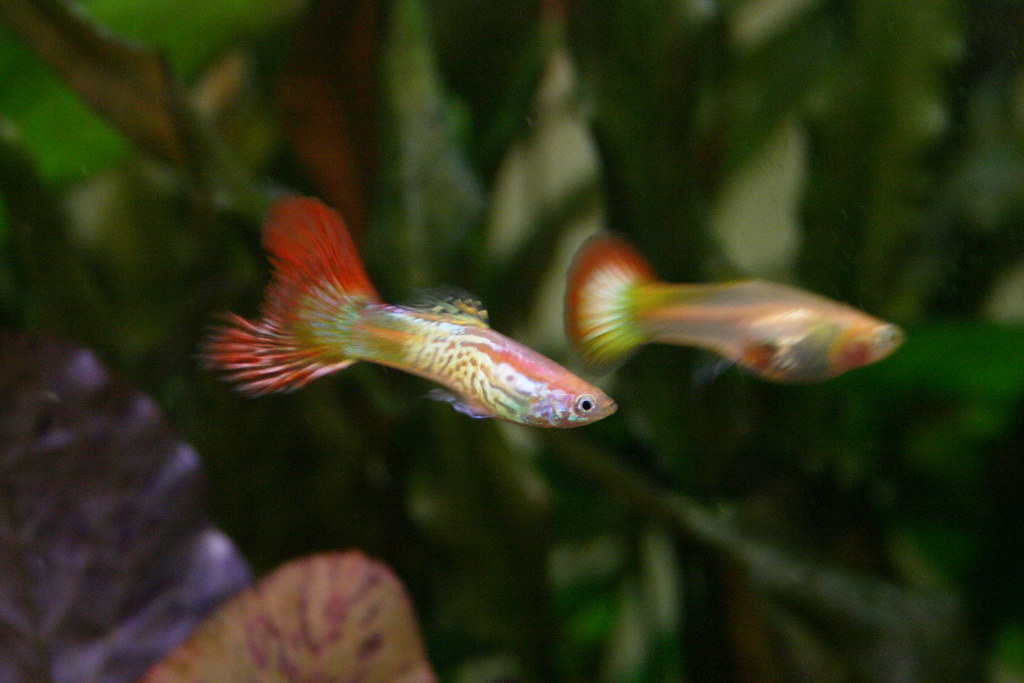
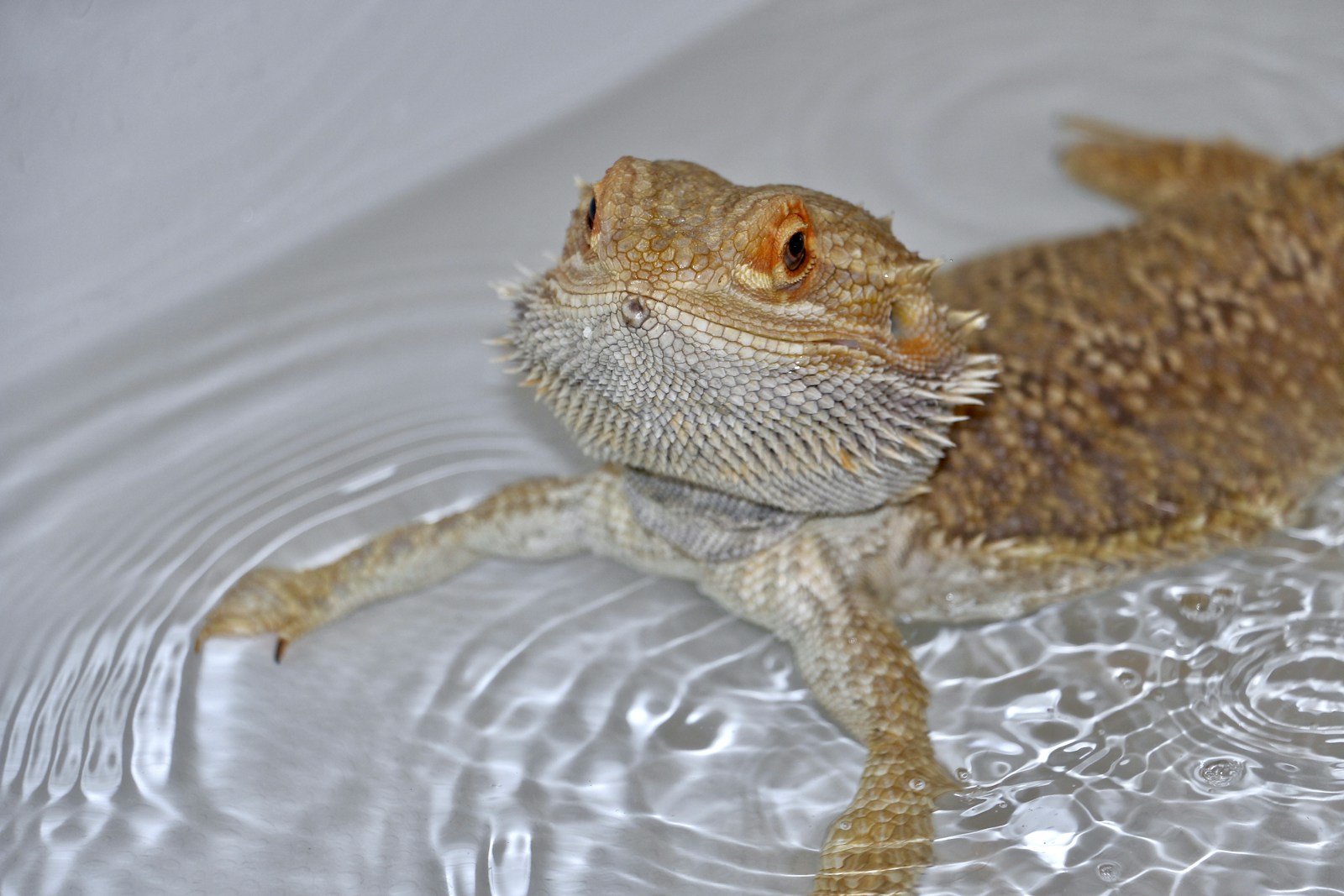



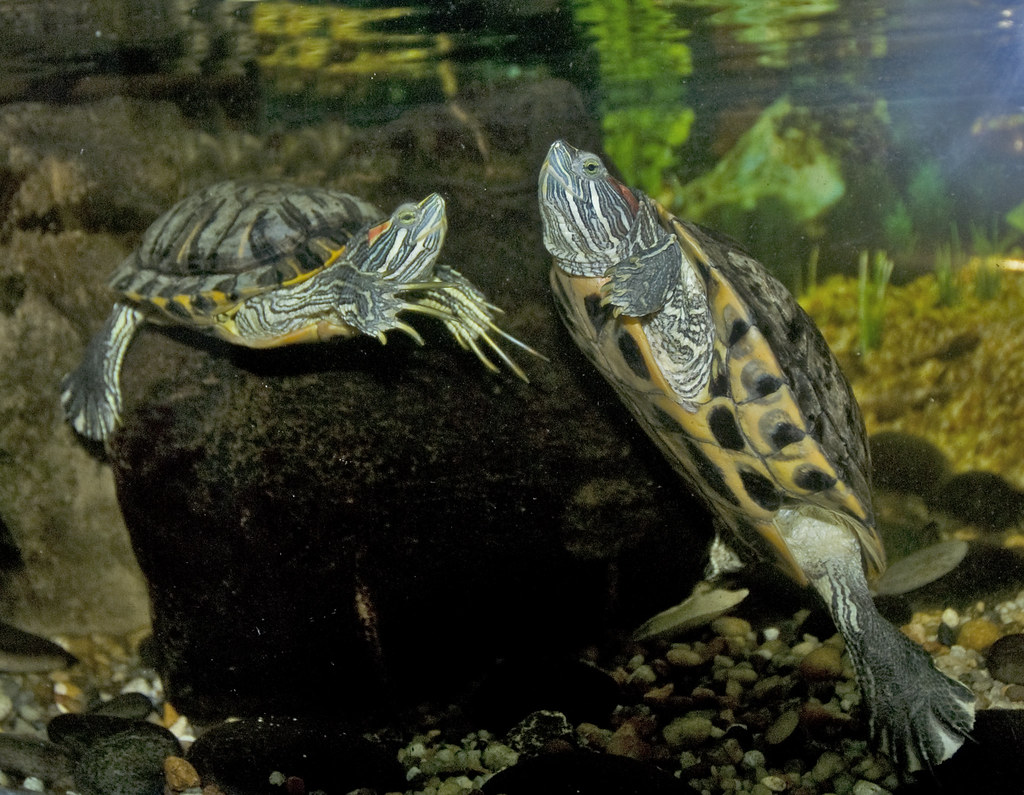






Leave a Reply